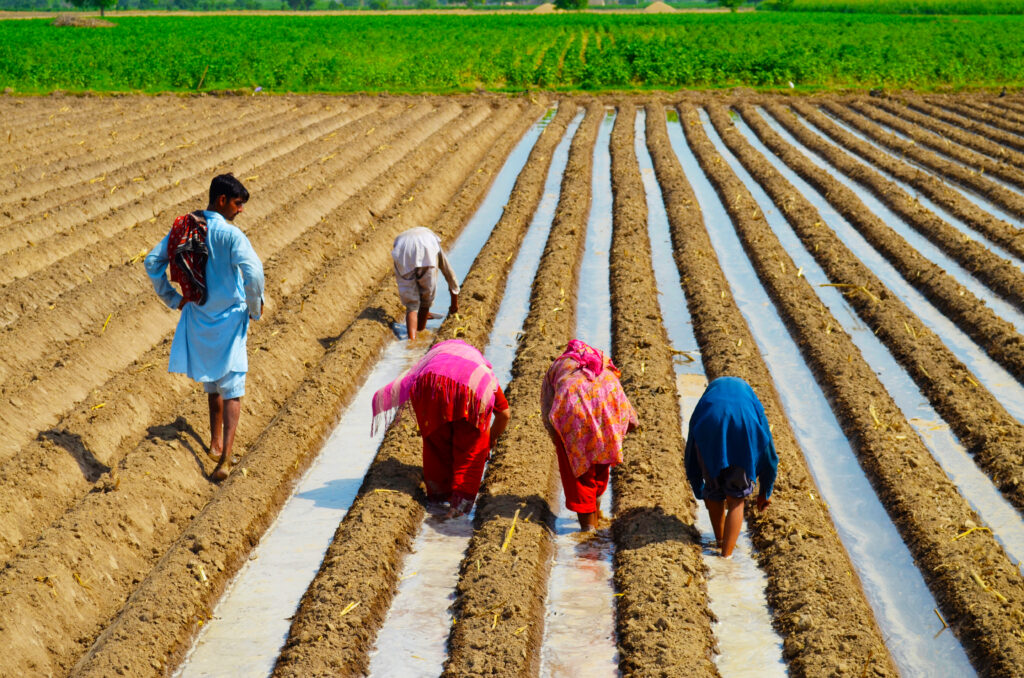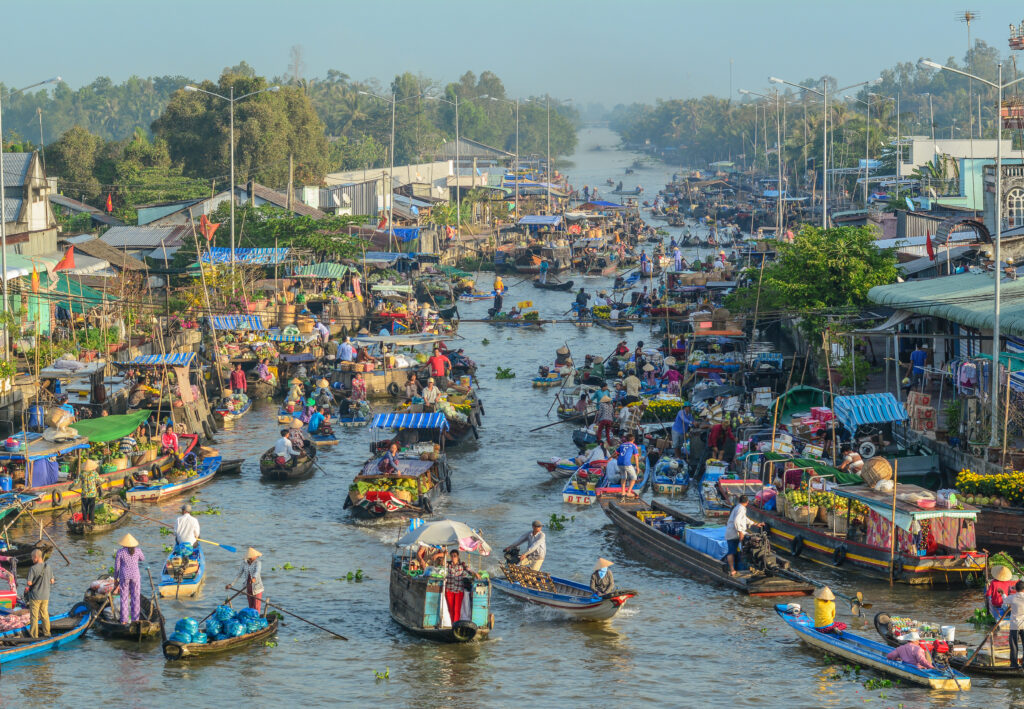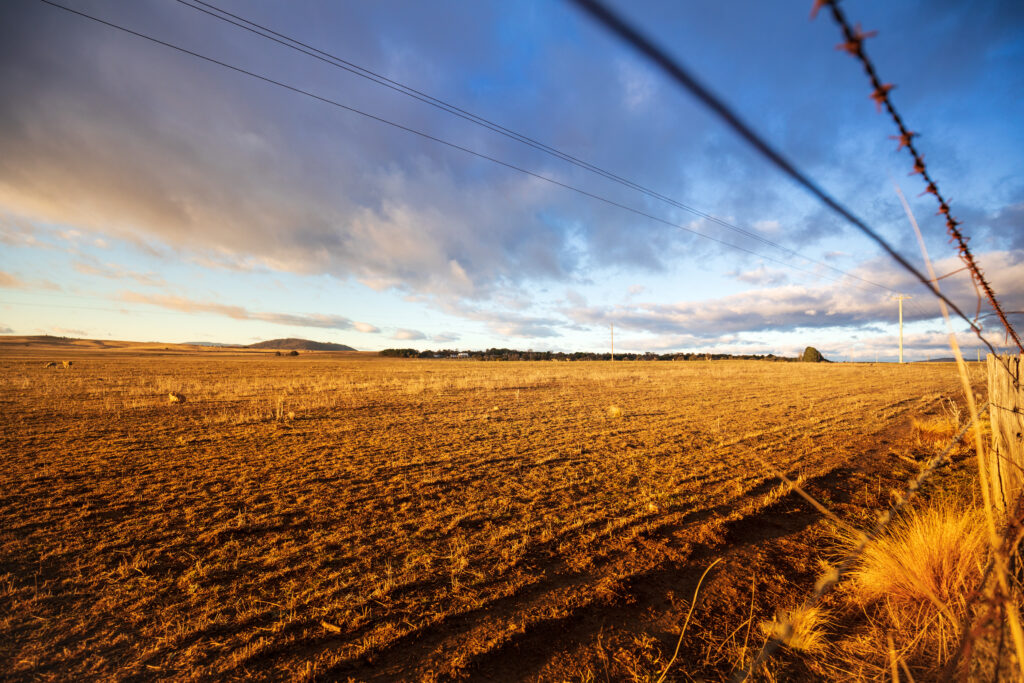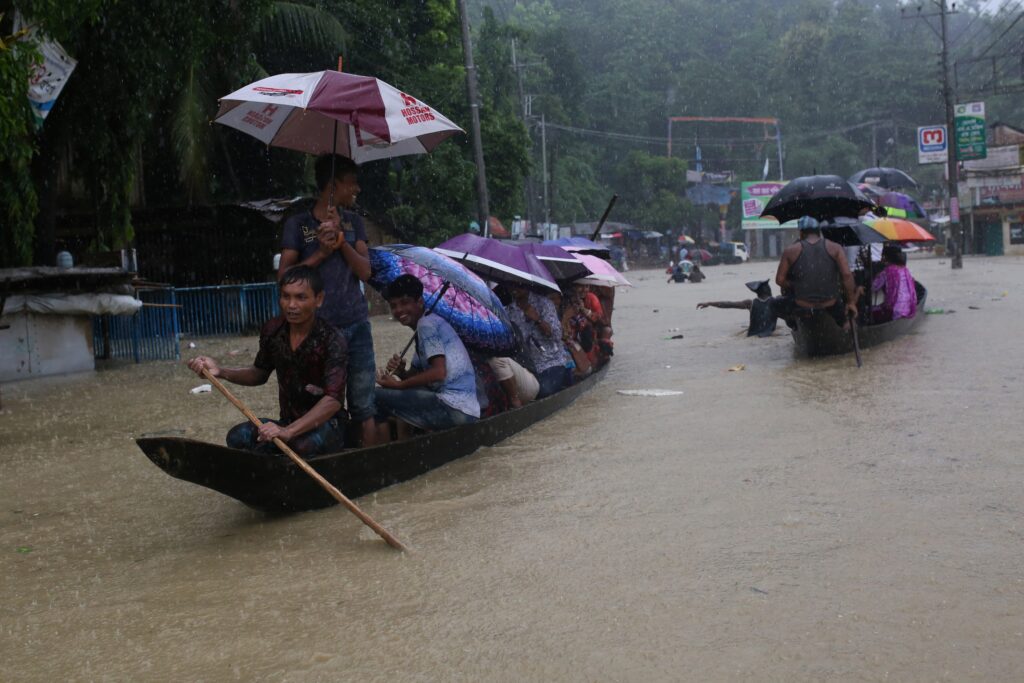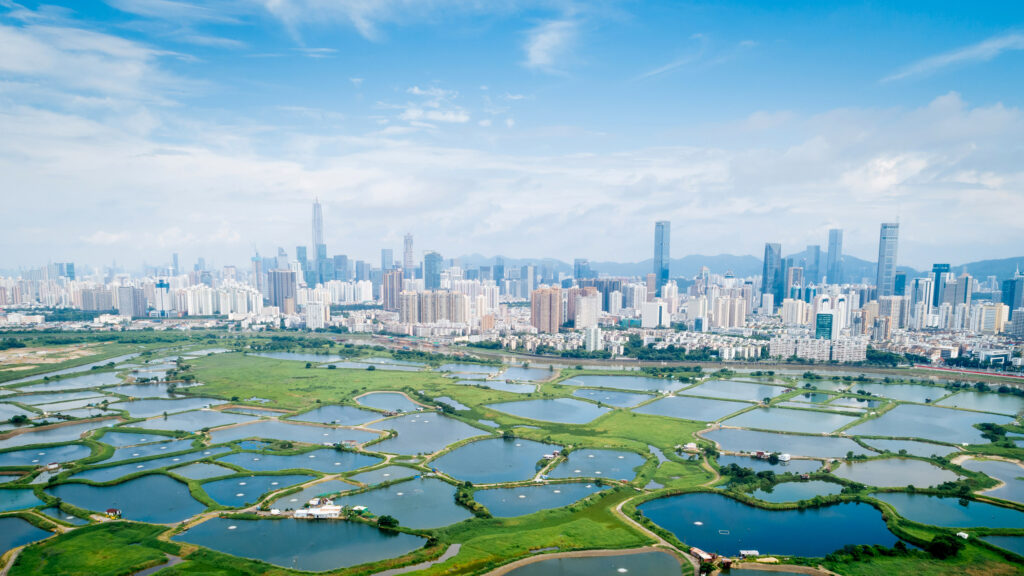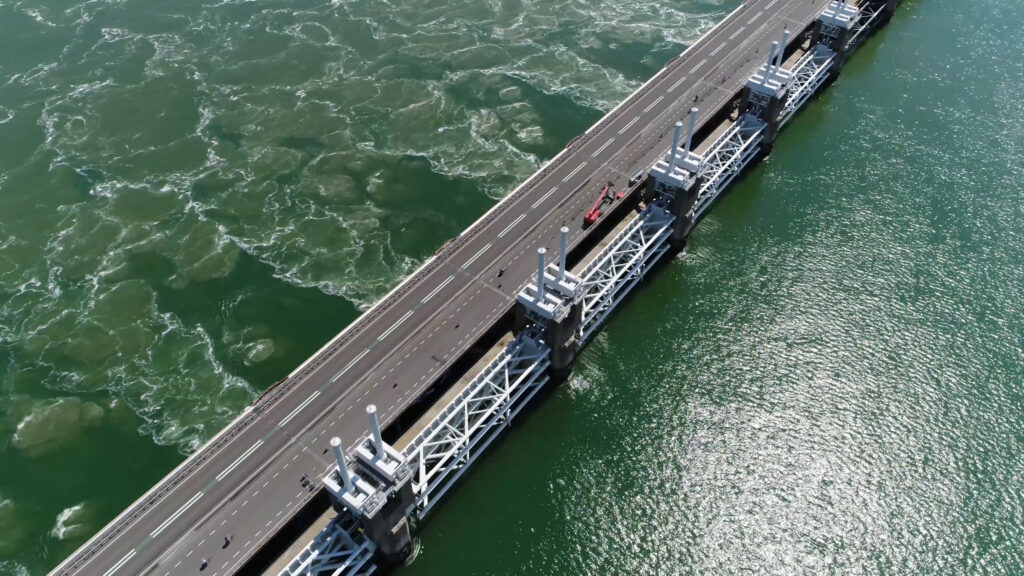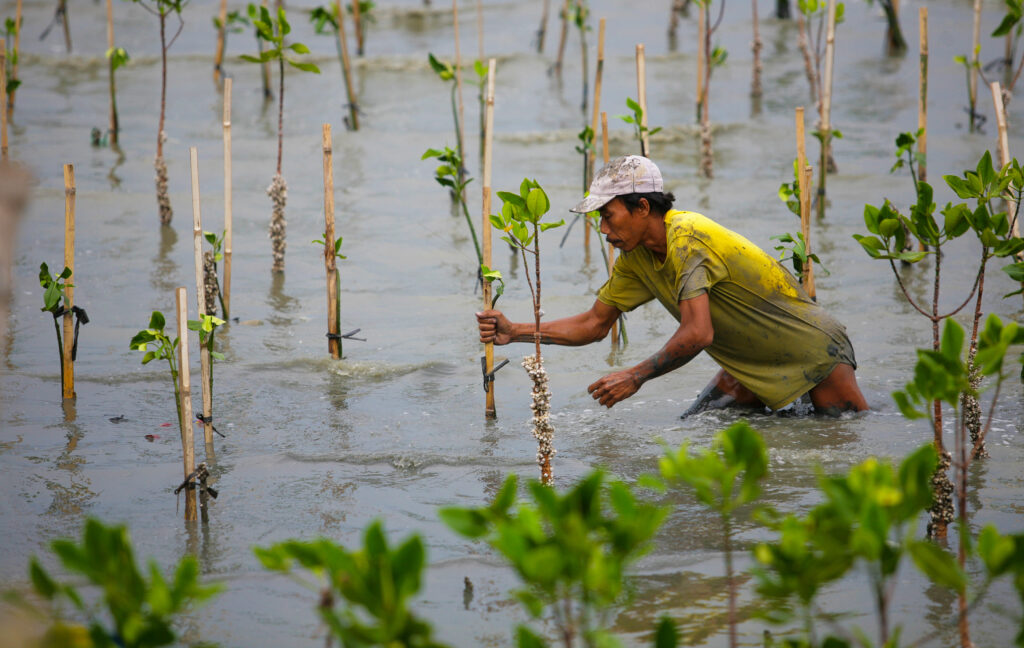With climate change directly increasing temperatures globally, there are calls for more targeted climate change adaptation for extreme heat for both countries in high-risk areas and parts of the world unaccustomed to high mercury readings.
This increase in global temperatures will affect human health, warn scientists. And heat will have a marked impact on global communities, but areas in the tropics are especially vulnerable. Parts of these regions will potentially become uninhabitable due to a deadly combination of high humidity and ambient temperature.
While there are significant efforts to keep global warming below the 1.5oC threshold outlined in the Paris Agreement, it appears unlikely to succeed. There is a 50% chance the world will temporarily reach that mark within the next five years, according to the World Meteorological Organisation (WMO).
“The 1.5°C figure is not some random statistic,” states the WMO Secretary-General Petteri Taalas, but “rather an indicator of the point at which climate impacts will become increasingly harmful for people and indeed the entire planet”.
This nearly failed target should be a wake-up call to the world, particularly for the largest greenhouse gas-emitting countries and businesses.
How Does Climate Change Contribute to Extreme Heat Events?
Temperature increase is linked to greenhouse gases (GHGs) in the atmosphere through the greenhouse effect.
The greenhouse effect is naturally occurring, and the Earth needs it to keep global temperatures warm enough to support life. However, human actions and emissions have increased the levels of greenhouse gas emissions beyond what is normal, leading to climate change and rapid warming.
What Is the Greenhouse Effect?
GHGs are a byproduct of burning fossil fuels and other industrial processes. As GHGs build up in the atmosphere, they trap solar radiation that would typically reflect back towards outer space. By increasing the amount of solar radiation around the planet, temperatures rise, and several of the planet’s natural defences to balance solar radiation decline.
This creates feedback loops that continue to drive extreme temperatures higher.
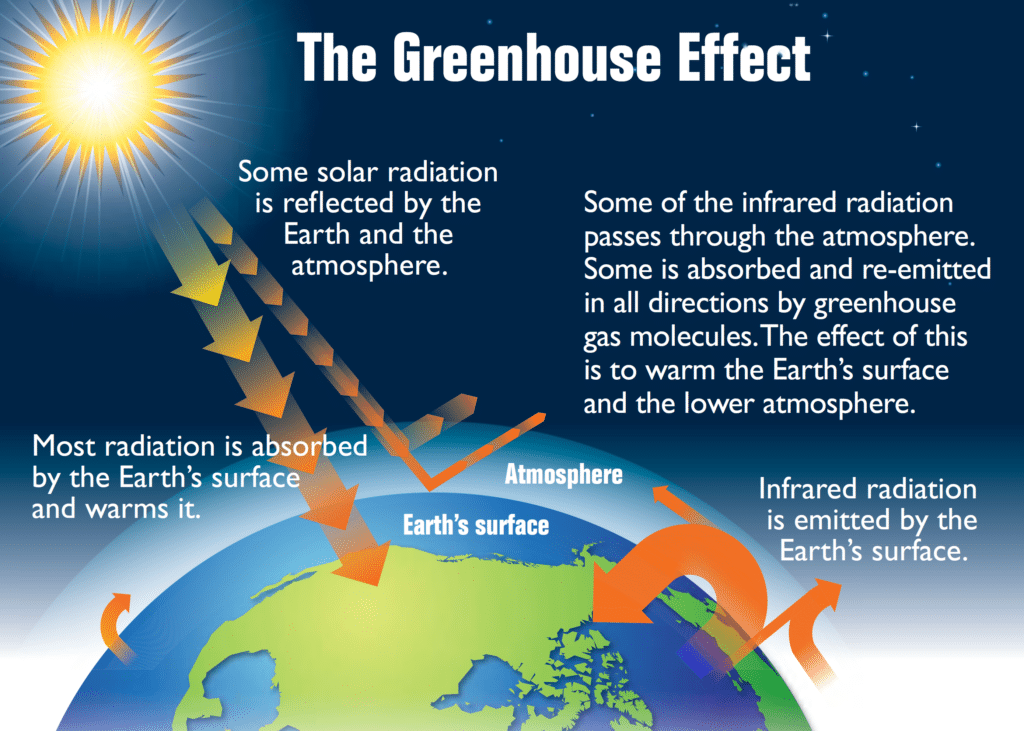
Urban Development Impacts Regional Temperatures
While the greenhouse effect impacts the world as a whole, community-level actions create local hotspots.
For example, infrastructure, like buildings and roads, absorb and retain more heat than natural, undeveloped land. This leads to the urban heat island effect, which amplifies temperatures in urban areas. Studies find that urban hubs are up to 3oC higher than surrounding green areas.
Areas Most at Risk From Heat
Urban areas see some of the highest temperatures yet are often unprepared to handle them. Additionally, this concern will compound over the next several decades as climate change forces people to migrate. As of 2020, 70% of climate migrants have settled in cities. By 2050, an additional 2.5 billion people will live in urban areas.
“The risks are even greater for places with large or rapidly growing populations, where more people will be affected by future heatwaves,” explains Chelsea Harvey in Scientific American. “In addition, developing countries may not have adequate resources or infrastructure to adapt to extreme weather and to put heat emergency plans in place.”
As Carbon Brief highlights, tropical areas in Asia, Latin America, the Caribbean, the Middle East and North Africa are most at risk of extreme heat. At the same time, temperate areas will also fall prey to increased temperatures. As the organisation notes, the effects have already become clear: “the number of extreme events studied has grown substantially over the past 10-15 years”. The recent heatwaves in India and droughts across Asia highlight how pervasive this issue is becoming.
Impacts of Extreme Heat Stress
As temperatures rise, humans and the environment must contend with a long list of consequences. Like many organisms, our bodies are susceptible to changes in temperature – especially to extremes. Heat waves like the ones that have become common across Europe have severely impacted public health in recent years.
Estimates list the 2022 European heat wave death toll at 20,000 people. At the same time, up to an additional 20,000 people die annually in North America due to temperature increases. If major economies struggle to deal with extreme heat, developing countries are clearly at a major disadvantage.
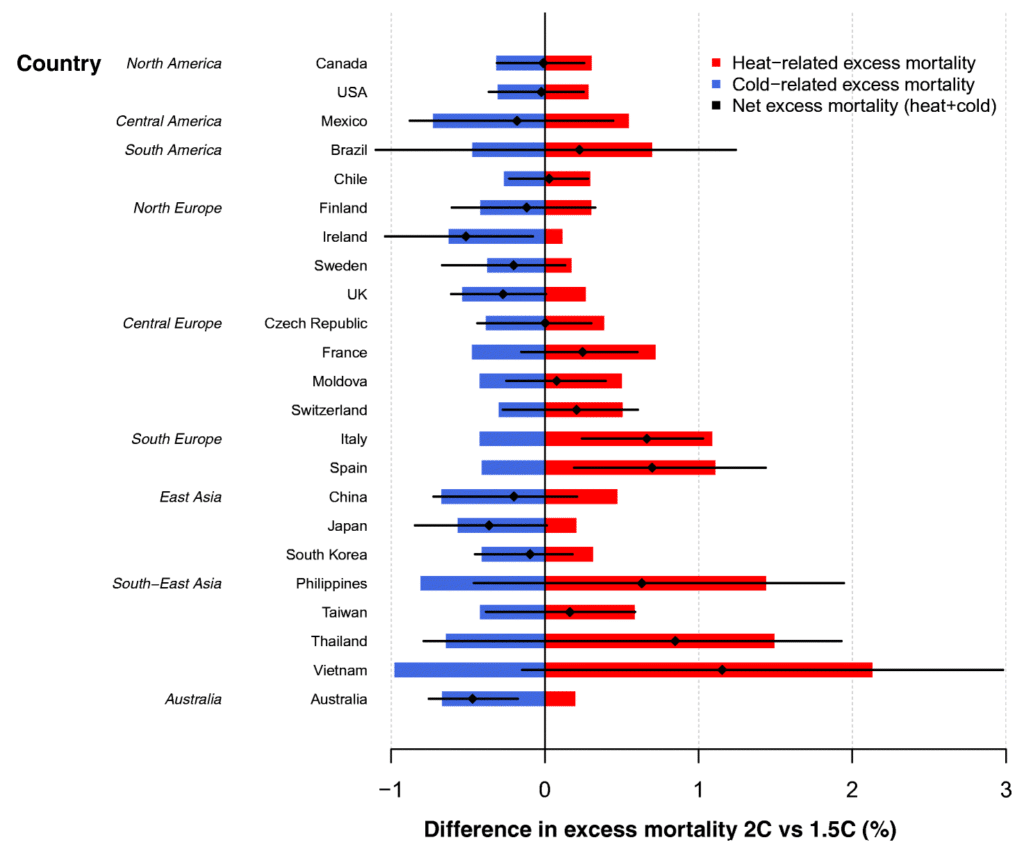
Furthermore, increased temperatures will have more than just a direct physical effect. Temperature changes can affect everything from public health to energy security. Examples of other environmental impacts include failed crops, increased pollen production and microbial proliferation.
In turn, these society-wide issues can lead to social and political issues, as seen in Syria ahead of its civil war in 2011 – the first to be caused in part due to climate change.
Climate Adaptation Strategies for Extreme Heat
As temperatures rise, governments must implement adaptation strategies to handle the extremes. These will likely take many forms, yet one promising option is the combination of infrastructure changes supported by behavioural changes.
Some options for urbanised areas include cooling buildings through innovative architecture or retrofitting, reflecting solar energy using specialised paints and replanting natural areas to provide shade and shelter and also opening cooling centers. Behaviour-wise, communities must be encouraged to stay indoors during hot days, conserve water and be educated on handling heat-related illnesses and issues.
While extreme heat is nothing new, the stakes are becoming higher, and the need for novel climate change adaptation strategies grows.
Extreme Heat Adaptation in Practice – Solutions
There are many examples of cities that implemented extreme heat adaptation. Some have similar ideas, such as Seville, Spain, and Sydney, Australia, which plan to increase shade cover by constructing awnings or planting trees.
Dubai in the UAE is creating smart panelling for buildings enabling them to create shade, while Los Angeles in the US is experimenting with reflective paint on its buildings. Meanwhile, Paris, Rotterdam and Medellin are all working with natural features, including water and greenery, to reduce temperatures and provide respite for inhabitants.
While these cities are taking steps to adapt to extreme heat, action remains too slow. Leading international agencies all call for rapid climate change adaptation to avoid the worst impacts of extreme heat, and the world can’t afford to drag its feet.
Eric Koons
Writer, United States
Eric is a passionate environmental advocate that believes renewable energy is a key piece in meeting the world’s growing energy demands. He received an environmental science degree from the University of California and has worked to promote environmentally and socially sustainable practices since. Eric has worked with leading environmental organisations, such as World Resources Institute and Hitachi ABB Power Grids.
Eric is a passionate environmental advocate that believes renewable energy is a key piece in meeting the world’s growing energy demands. He received an environmental science degree from the University of California and has worked to promote environmentally and socially sustainable practices since. Eric has worked with leading environmental organisations, such as World Resources Institute and Hitachi ABB Power Grids.


